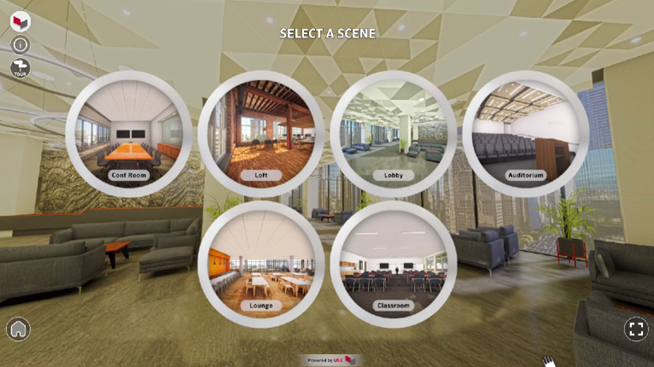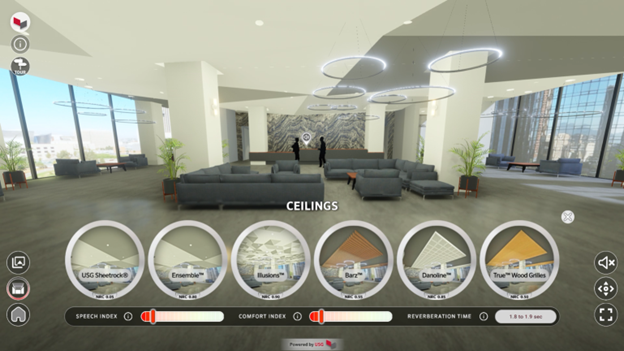Sign In
You're All Set
Welcome back! You are now signed in.
You have been logged out
You have been logged out due to inactivity
Forgot Password
Please enter the email address you used to create the account. We'll send you a link that lets you create a new password.
You're All Set
Please check your email. Click the link in the email to create a new password.
Reset Password
You're All Set
Success! Your password has been updated.
Change Password
You're All Set
Success! Your password has been updated.
De-Mystifying Digital: Designing with Acoustics in Mind
Airborne sound takes its form as vibrational waves in air, which are generated by virtually everything around us, from people chatting to stereos blasting and vehicle engines roaring; in a sense, we are swimming in sound, and it can have a massive influence on us in ways that we don’t even realize.
When people are in a noisy room, they often refer to the “buzz” or the “energy” within the space. Often, the goal in a classroom or office environment is to reduce those outside distractions and bring the overall noise level down. This is one of the main functions of acoustic building materials, products, and systems; by absorbing sound, they're reducing the overall noise level in the space, reducing sound propagation over long distances, and reducing reverberation.
Communicating Acoustic Data
So much of acoustical performance, especially for ceilings, is defined in data, numbers, and ratings (CAC value, NRC value, etc.). These numerical values can provide a deeper understanding of the quality of acoustical performance, but it doesn't really mean much to the customer and it’s difficult to make design decisions relying on these factors alone. As a result, acoustics is often overlooked, especially at the beginning of a project, leading to critical acoustic systems and products being valued less early in the design process.
All things considered, acoustics is very much an unseen element of design and something that affects us as humans in different ways and in different environments.
The Virtual Acoustics™ Experience

Communicating the importance of acoustics early in the design phase is made easy with the new Virtual Acoustics™ Experience (VAE) from USG Ceilings. This tool allows designers the freedom to design and specify advanced types of acoustic materials and systems with a greater level of confidence.
The VAE tool gives architects and designers acoustical control by hearing how different ceiling types impact the sound within a space to both see and hear the difference. Architectural acoustics can be complicated, especially when it comes to articulating how your chosen ceilings affect the functionality and comfort of the space you’re designing. The VAE brings the data and ratings of acoustic materials to life as users immerse themselves in a range of representative room types.
Knowing that acoustics can easily become a pain point for building occupants, the VAE provides an audio and visual representation of a space in real-time. Simply select a pre-rendered space or scene, such as a university auditorium or hotel lobby, and swap out different ceiling applications to hear the difference; this includes ceiling options like tile & grid and acoustical drywall, or specialty solutions like metal or wood.
Once the sound is turned on, the VAE allows users to monitor key indicators of acoustical performance to compare ceiling products. Using a proprietary, physics-based algorithm, the VAE delivers an accurate, three-dimensional sound experience within the rendered space, allowing users to move around the room to hear sources of sound from different vantage points.

Continuing USG’s commitment to digital innovation, the VAE is now available on USG.com and free to access on demand, with no scheduled demos necessary. Not only does this position USG as a leading provider of digital solutions, but it also helps us reach and educate more architects and designers in North America on the efficacy of USG Ceilings systems and their acoustical qualities.
With this platform at their disposal, the VAE empowers architects and designers to hear and see the difference, ultimately leading to more informed acoustic decisions on future projects.
Learn more about the USG Ceilings Virtual Acoustics Experience™ here.




